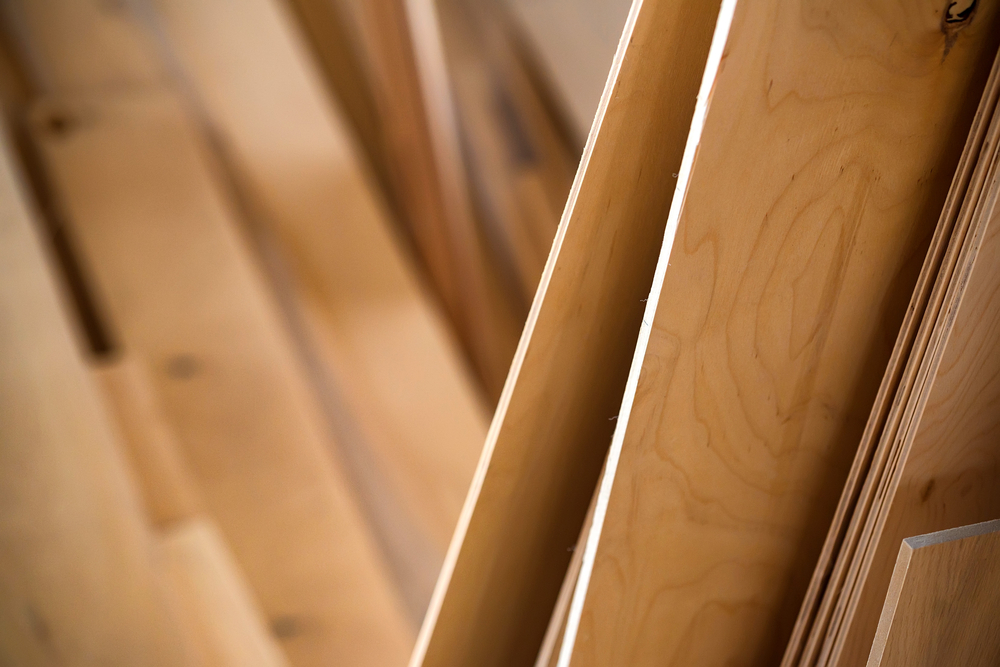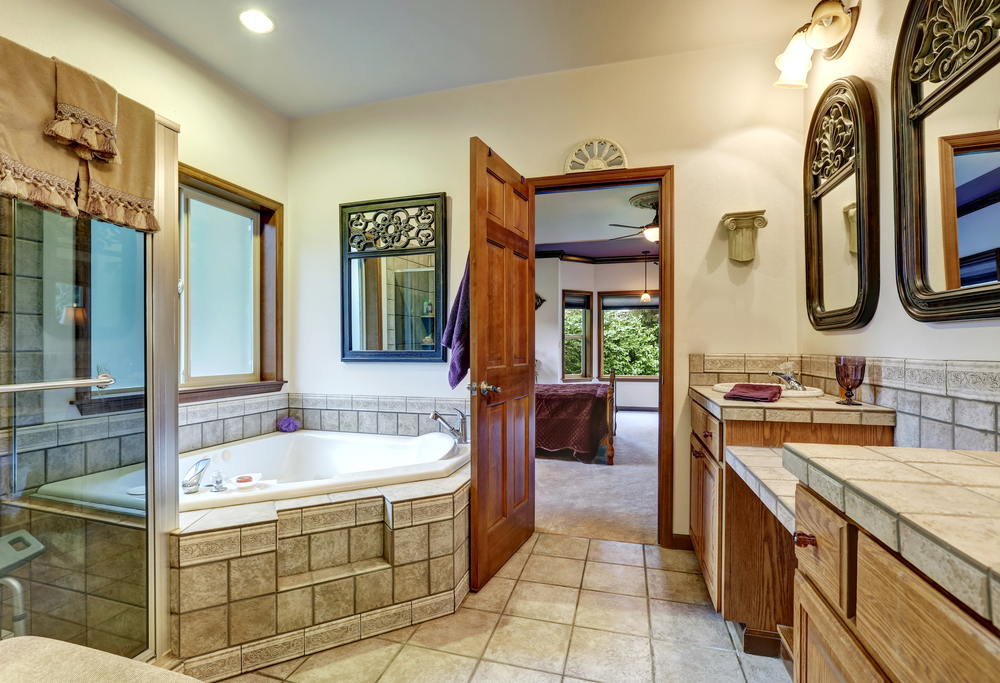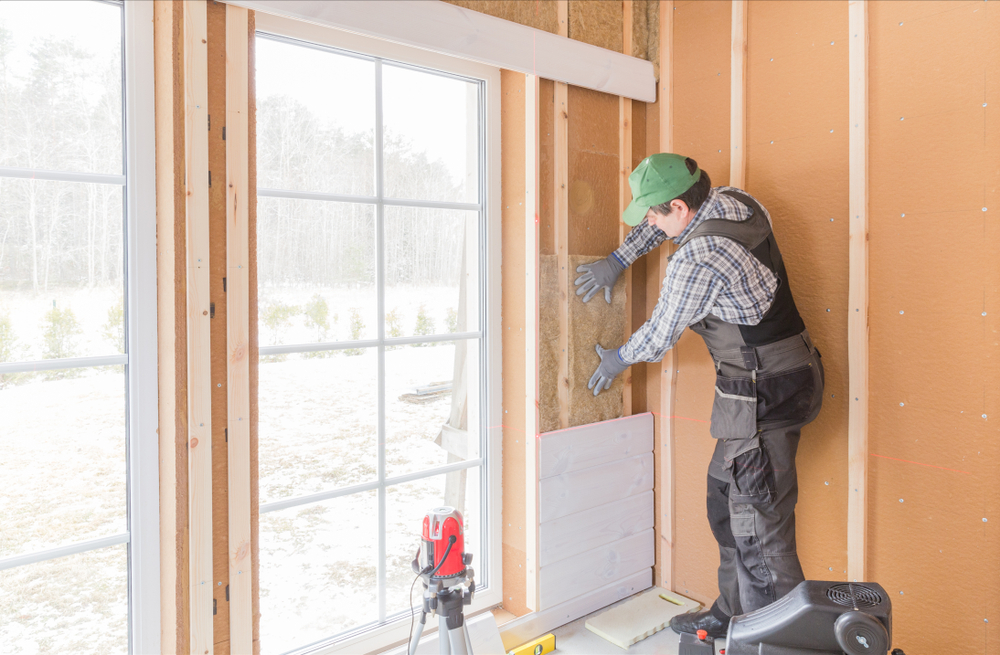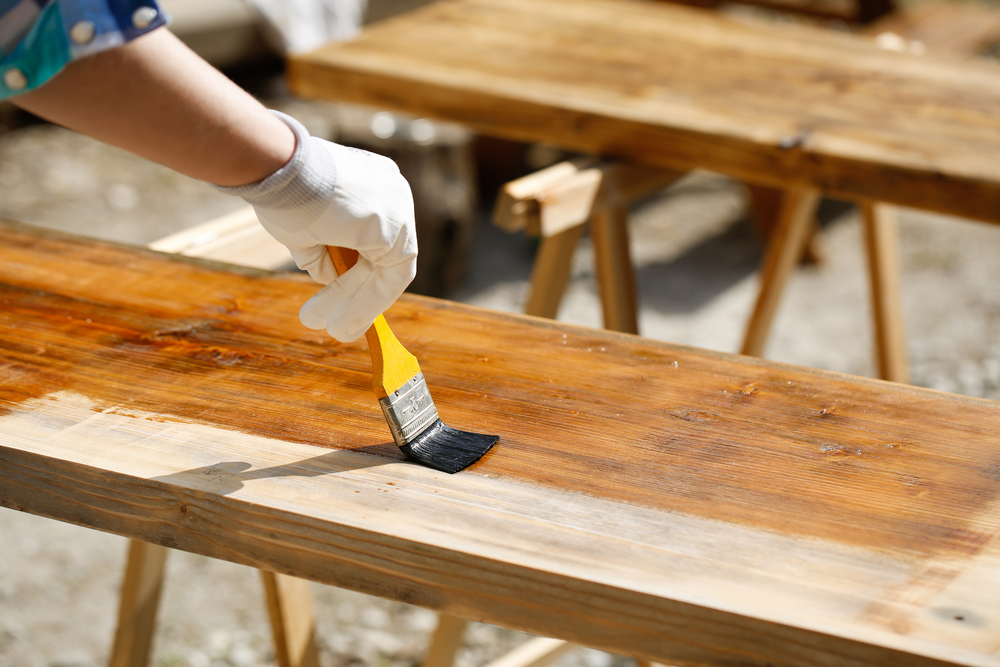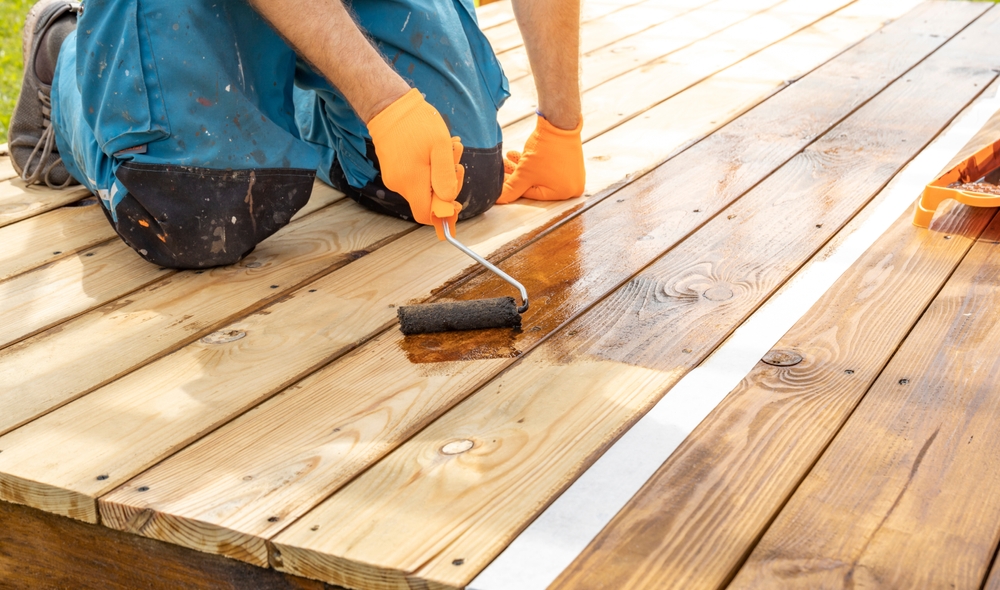What is Popcorn Ceiling?
Popcorn ceilings, recognizable by their bumpy texture, were a popular choice in American homes from the late 1950s through the 1980s. The name comes from the ceiling’s resemblance to popcorn or cottage cheese. This style is also called acoustic ceiling due to its sound-deadening properties. During its prime, builders appreciated this texture for its ability to cover imperfections and provide a quick cosmetic solution for ceilings.
The Composition of Popcorn Ceilings
The distinctive texture of popcorn ceilings comes from the application of a spray-on ceiling finish. Originally, this mixture contained white asbestos fibers, which provided fire-resistant qualities. Asbestos, a natural mineral, was used for its insulating and soundproofing features. When concerns about health risks emerged, asbestos was banned in ceiling products in the United States in 1978. Post-ban, manufacturers shifted to materials such as paper-based or Styrofoam products to maintain similar texture without toxic implications.
Why Popcorn Ceilings Were Popular
There are several reasons why popcorn ceilings gained popularity. They are simple to apply and can hide ceiling defects such as stains, cracks, and poor workmanship. Contractors found them time-efficient and cost-effective. Their sound-absorbing characteristic made them desirable in multifamily housing or where noise was a concern. However, aesthetic tastes have shifted over time, and smooth ceilings began to favor later decades.
The Decline of Popcorn Ceilings
As awareness of asbestos-related health risks increased, the appeal of popcorn ceilings diminished. Asbestos fibers, when airborne, pose serious risks including lung disease and cancer. In the years following the asbestos ban, homeowners became more interested in remodeling or removing these ceilings. Additionally, as interior design trends evolved towards minimalism and cleaner lines, the demand for smooth ceilings rose. The cumbersome nature of cleaning and repairing popcorn ceilings also contributed to their decline in favor.
Techniques for Removing Popcorn Ceilings
- Professional removal: Hiring a contractor ensures proper handling and disposal of hazardous materials, especially if asbestos is present.
- DIY removal: Homeowners use water spray to soften the texture, then scrape it off. This method requires protective clothing and masks, and care to avoid damaging the ceiling underneath.
- Covering with drywall: Attaching new drywall over popcorn ceilings can hide the texture, giving a smooth look without removal.
- Skim coating: Applying a thin layer of joint compound over the texture can create a smooth surface. This is less disruptive but requires skill for a professional finish.
Potential Health Hazards
The primary concern with popcorn ceilings relates to older installations with asbestos. Asbestos exposure can lead to serious illness. It is often safest and most cost-effective to leave undisturbed popcorn ceilings with asbestos as is while ensuring they remain in good condition to prevent fiber release. Testing for asbestos in older homes is crucial before attempting any sanding, sawing, or removing processes.
Modern Alternatives and Lookalikes
Today, there are numerous ceiling finishes that can be used to achieve texture without the dated look of popcorn ceilings. Some modern alternatives include knockdown texture, orange peel, and slap brush texture. These styles use drywall mud to create different raised patterns while keeping up with contemporary decor trends. There are also textured paints specifically designed to mimic the appearance of popcorn ceilings, offering a quick fix without the complicated application process.
The Influence of Popcorn Ceilings in Design
Despite their decline, popcorn ceilings stand as a testament to mid-20th-century architecture. They offer insight into the practical demands and aesthetic tastes of their time. In real estate, original popcorn ceilings may impact the market value of homes as buyers often consider removal costs. Their presence tells a story of rapid suburban development, quick solutions, and changing health regulations in the construction industry.
Whether retained or removed, popcorn ceilings hold a place in the history of homebuilding. Understanding their origins, benefits, and challenges enables informed decisions about their future in home renovation and design.

